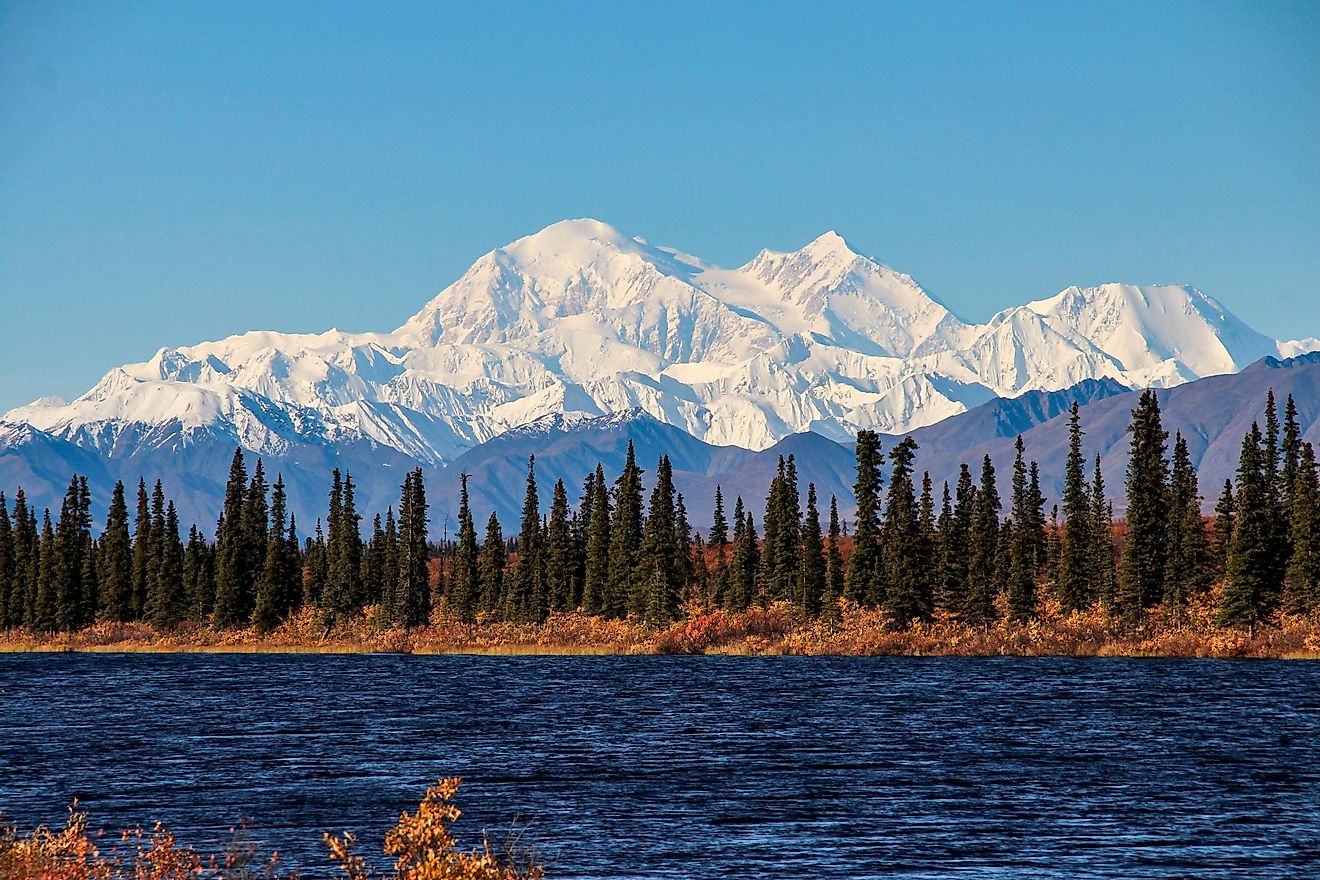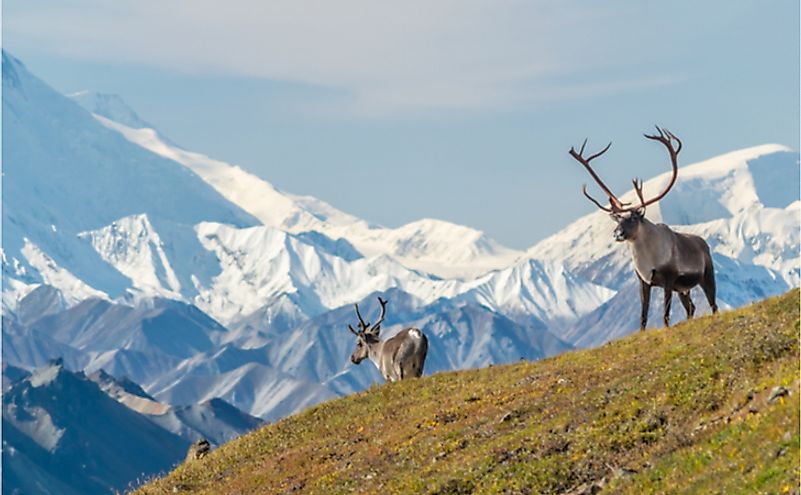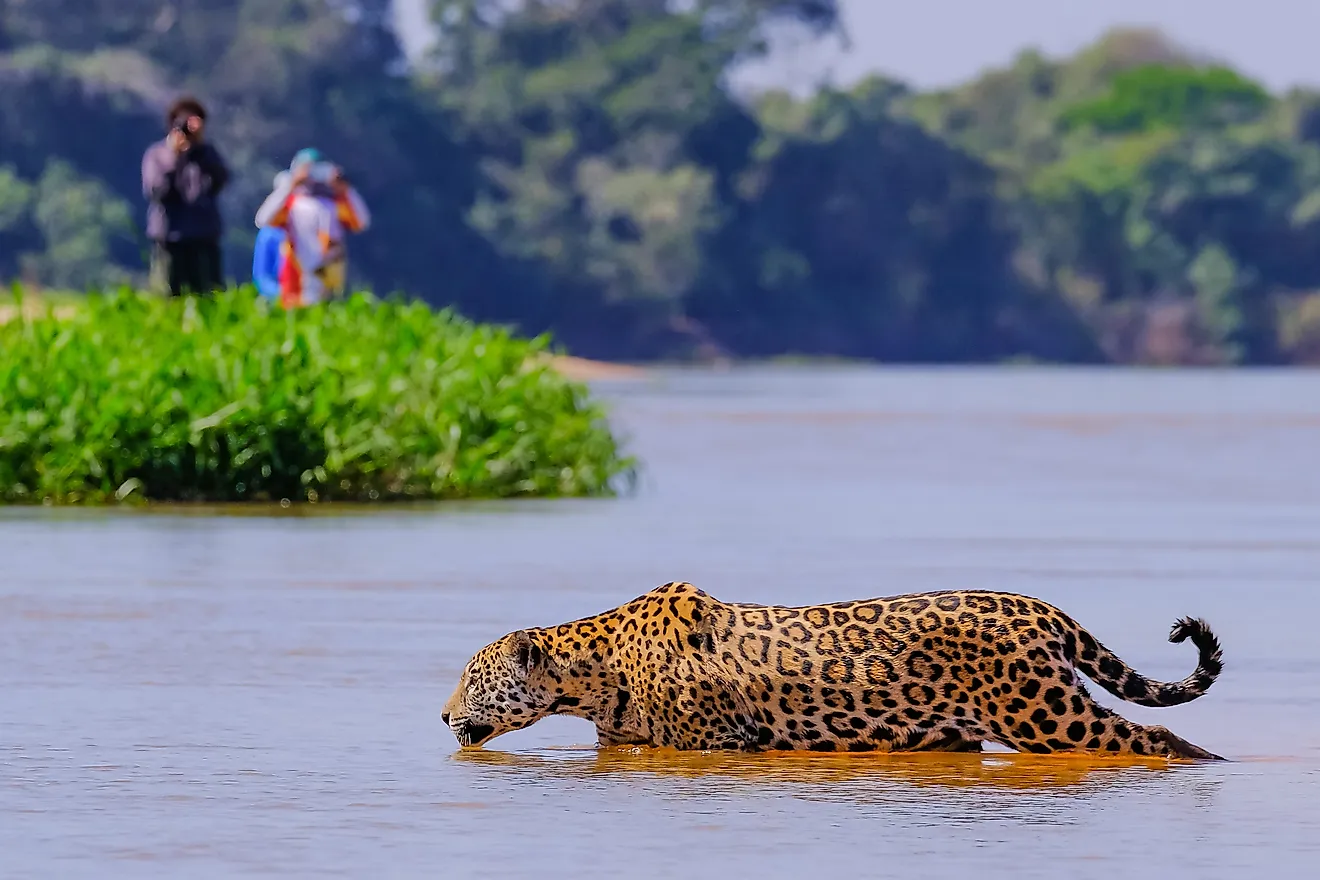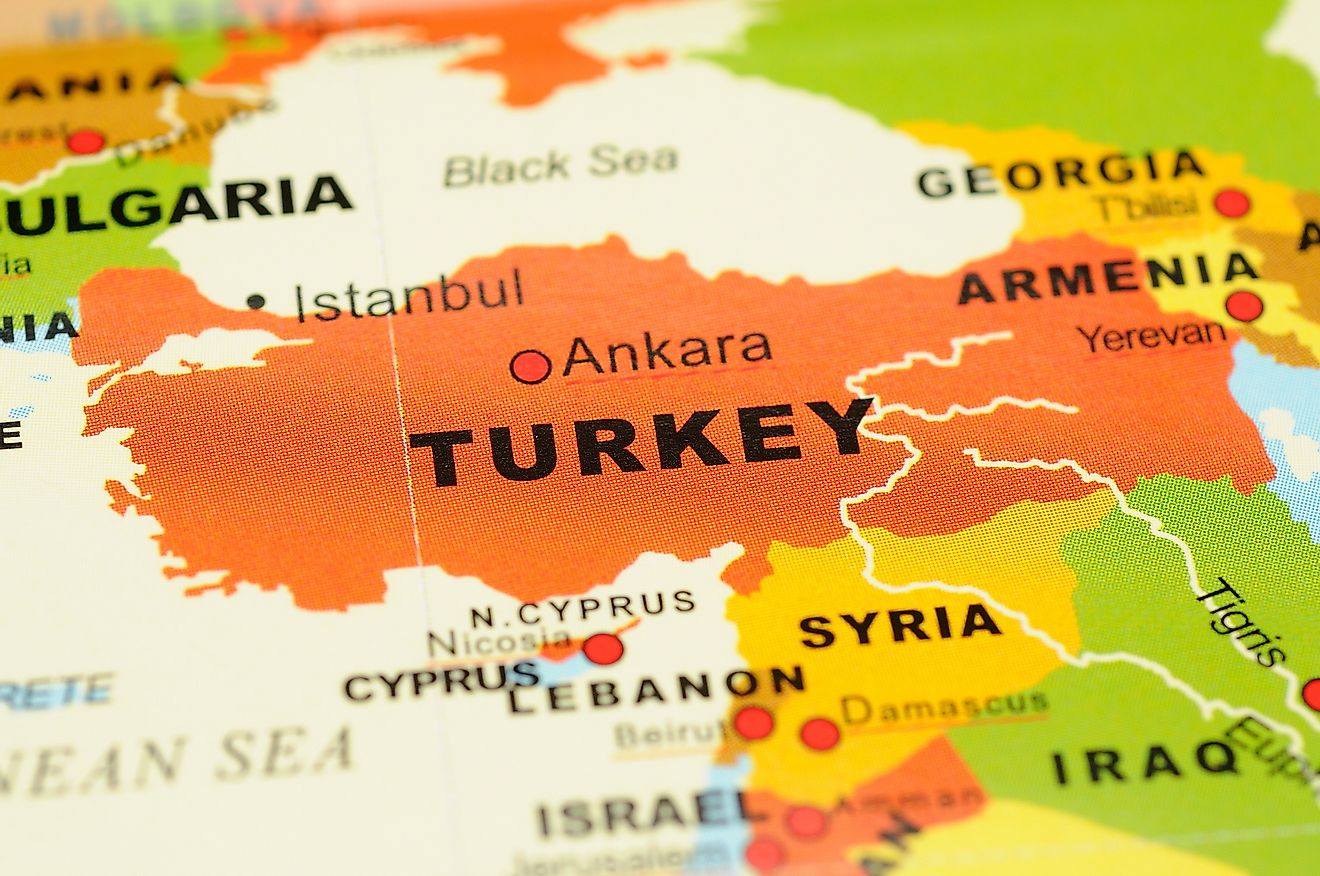10 Interesting Facts About Mount Denali

Denali is also known as Mount McKinley, and it is the highest mountain in North America. The mountain is located in the Alaska Range, and it is part of the Denali National Park and Preserve. The name Denali is based on the Koyukon word for "high" or "tall." The indigenous Koyukon Athabaskans who inhabit the area speak this language.
Denali Is Gigantic
The US geological survey in 2015 announced that Mount Denali was 20,310 feet above sea level and not 20,320 feet high as earlier assumed. The earlier measurements were carried out using the photogrammetric approach. The topographical prominence of Denali is 20,156 feet and the topographical isolation of the mountain is 4,629 miles. Denali is also the 3rd most isolated peak on the planet and the 3rd most prominent peak in the world after Mount Everest and Mount Aconcagua.
It Is Always White At The Top
The summit of Mount Denali is permanently covered in snow, and some of the glaciers are more than 30 miles long. The longest glacier on the mountain is Kahiltna glacier, which is 44 miles long. The temperatures on the mountain are extremely cold reaching negative 75 degrees Fahrenheit. Wind chills can reach as low as negative 118 degrees Fahrenheit.
Vancouver Was The First Outsider To See The Mountain
May 6, 1794, the first European to sight the mountain was Captain George Vancouver. Vancouver was a British Royal Navy officer famous for his expeditions between 1791 and 1795. Vancouver explored and charted a large part of North America, particularly the coastal areas of northwestern Pacific, which include present-day Oregon, Washington, Alaska, and British Columbia in Canada. Vancouver, in his journals, mentioned seeing a distant stupendous mountain, when he was surveying the Knik Arm of Cook Inlet. Surprisingly, he did not give a name to the mountain then.
Tenada Was Denali's First Name When Mapped
Mount Denali Mountain was first named on a map in 1839 by Ferdinand von Wrangel, and the name was Tenada. Wrangel was a Baltic German seaman and explorer in the Imperial Russian Navy. He was also the founder of the Russian Geographical Society and an honorable member of Saint Petersburg Academy of Sciences. Before the US bought Alaska from Russia, Wrangel was a chief administrator or a governor of the Russian settlements in North America between 1829 and 1835. The mountain was later named Bolshaya Gora, which means big mountain in the Russian language. In 1889, Frank Densmore gave the name Densmore’s peak or Densmore Mountain, which is believed to be the first English name. The name was used only locally.
Dispute Over Naming Of The Mountain
The name McKinley was given to the mountain by a gold prospector in 1896, and it was adopted officially by the federal government of the US in 1917. The name was in commemoration of William McKinley, who was the United States’ president from 1897 to 1901. In 1975, the state legislature of Alaska petitioned the federal government to change the name to Denali. The Ohio congressional delegation blocked the petition. The secretary of the interior in 2015 said that the name Denali would be adopted, and the name would be changed in all the government documents. President Obama in 2015 announced the change of the name of the mountain when he was on a visit to Alaska.
Mount Denali Has Automated Weather Stations
Mount Denali has weather stations installed by the National Park Service on Kahiltna glacier. The highest station is installed at 14,000 feet, and a lower station is installed at 10,200 feet, while a third one is installed at 7,200 feet above sea level at base camp. All the three stations collect data on snow accumulation, air temperature, and snowmelt, among other information throughout the year.
Mount Denali Was First Summitted In 1913
James Wickersham in 1903 made the first attempt to climb the mountain, although it was not successful. Fredrick Cook in 1906 claimed to have climbed the mountain, although the claim is not verified and has been questioned. On June 7th, 1913, three climbers became the first verified people to reach the summit. The climbers were Robert Tatum, Walter Harper, Harry Karstens, and Hudson Stuck. The three made the ascent through the southern summit.
The Denali National Park and Preserve Protectsd Mount Denali's Landscape
Denali Mountain is within the Denali National Park which covers an area of 6 million acres in the wilderness. There is only one road stretching through the park that is 91 miles long.

A Challenging Climb
Every year about 400,000 people visit Denali National Park mainly from May to September. More than 32,000 people have tried to climb the mountain, but only a few have managed to reach the summit. As of 2016, the success rate was about 60%. The mountain is one of the most challenging to climb because of its location beyond the 63 degrees latitude. It has the lowest barometric pressure compared to other tall mountains around the world.
Deaths On Mount Denali
As of 2003, around 100 mountaineers had died while climbing the mountain. Most climbers approach the mountain from the West Buttress route, which was used by Bradford Washburn, who was a pioneer in 1951. After extensive analysis of the mountain using aerial photography, it was found to be the easiest route. It takes an average of two to four weeks for climbers to reach the summit. On August 2018, a K2 aviation aircraft crashed near Mount Denali, and all five people on board lost their lives.
Mount Denali Has Rich Wildlife
Denali National Park is home to around 169 species of birds. Most of these birds are migratory in nature. Other wildlife includes bears, marmots, mountain goats, wolves, beavers, otters, and caribou, among others. Due to the cold temperatures, amphibians and reptiles are scarce, and only the hibernating wood frog is common.











